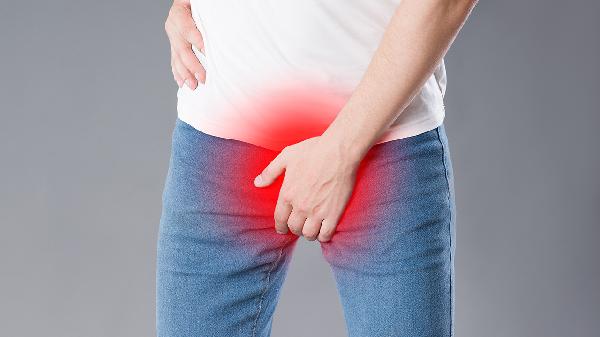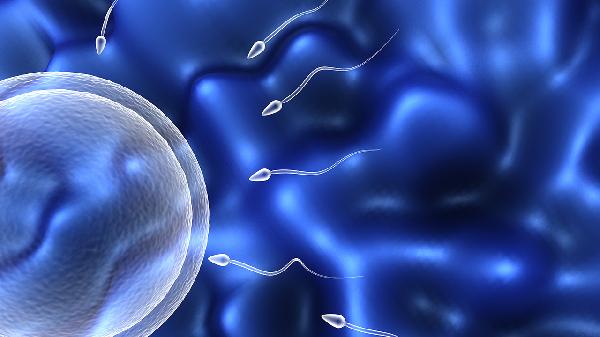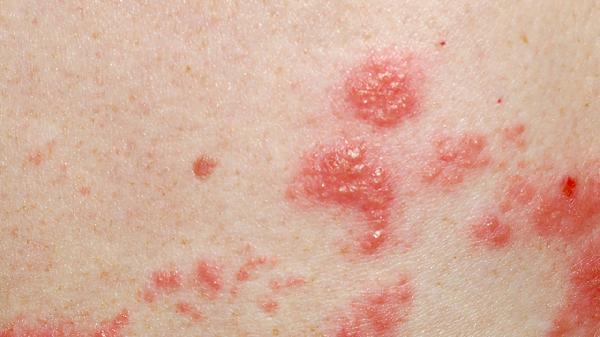A young man recently sought medical advice, describing a distressing issue during sexual intercourse: his erect penis would press against his abdomen, causing significant pain upon entering his partner’s vagina, leading to difficulties in sexual activity. He reported normal erectile function, with a high angle and firmness, leaving him puzzled about the root of the problem.
The Anatomy of Erections: What’s Normal?
In most men, an erect penis naturally angles toward the abdomen, typically at 40 to 50 degrees. This alignment facilitates sexual activity by matching the vaginal canal’s orientation. As men age, this angle may increase to around 90 degrees, but as long as the erection remains firm, it usually doesn’t hinder sexual performance. However, in some cases, like this young man’s, an excessive angle can disrupt the alignment with the vaginal canal, limiting movement and causing discomfort.
The Diagnosis: Uncovering the Cause
Upon examination, it was discovered that his erect penis pressed too closely against his abdomen, with the tip less than 10 centimeters away. Additionally, the penis curved toward the abdomen, and any attempt to reposition it caused severe pain. This seemingly strong erection was, in fact, interfering with normal sexual function. Further examination in a flaccid state revealed a hard nodule, approximately 1 centimeter in diameter, on the dorsal side of the penile shaft. This condition, known as penile fibrosis or Peyronie’s disease, involves the thickening of the penile sheath, causing the penis to bend during erection. Other potential causes include congenital penile pain or a shortened suspensory ligament.
Treatment Options: Hope for Improvement
While such issues can be distressing, they are often treatable. Most patients experience improvement with appropriate medical intervention or natural resolution over time. For those with more severe cases that don’t respond to medication, minor surgical procedures can be highly effective. However, a thorough evaluation is crucial to determine the size and location of the fibrosis and the position of the suspensory ligament. Therefore, patients are advised to consult a specialist in urology or men’s health for a comprehensive assessment and tailored treatment plan.
Prevention and Management: What You Can Do
Maintaining overall penile health is essential. Regular check-ups, especially if you notice any changes in erection angle or experience pain, can help identify issues early. Lifestyle factors such as avoiding trauma to the genital area, managing chronic conditions like diabetes, and maintaining a healthy weight can also reduce the risk of developing such conditions.
When to Seek Help: Recognizing the Signs
If you experience persistent pain during erections, noticeable curvature, or difficulty with sexual activity, it’s important to seek medical advice promptly. Early intervention can prevent complications and improve outcomes. Don’t hesitate to discuss these concerns with a healthcare provider, as they are common and treatable.
The Psychological Impact: Addressing Emotional Well-being
Sexual health issues can take a toll on mental health, leading to anxiety, depression, or relationship strain. Open communication with your partner and seeking support from a counselor or therapist can help manage the emotional aspects of these conditions. Remember, you’re not alone, and help is available.
Taking Control of Your Sexual Health
Understanding the anatomy and potential issues related to erections empowers men to take proactive steps in managing their sexual health. Whether through medical treatment, lifestyle changes, or emotional support, addressing these concerns can lead to a healthier, more fulfilling sex life. If you’re experiencing similar issues, don’t wait—reach out to a healthcare professional today.
























